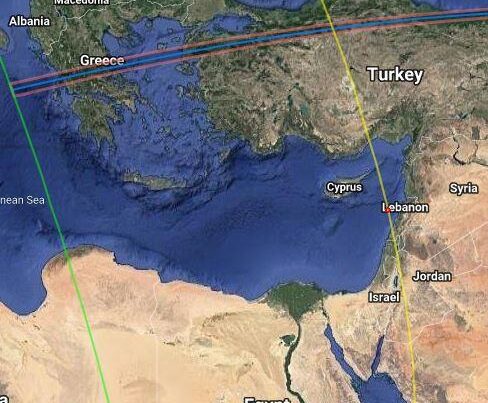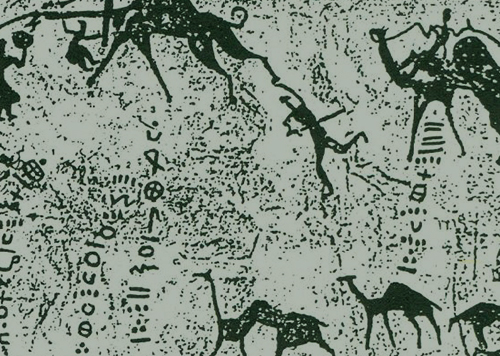By Spyridis Ch., Preka-Papadema P., Gazeas K. and Kobothanasis K.
ABSTRACT
Constellations are a distribution of the visible with the naked-eye stars in various groups. The well-known names of these groups as well as their description on sky have come from the rescued literary of the ancient Greek astronomers. In the poem „Phenomena and Diosemia‟, Aratus preserves these constellations which the same, as today, names, based on the lost astronomical work of Eudoxus of Cnidus named „Enoptron and Phenomena‟. Also, in the work „Catasterismi‟ by Eratosthenes is given the number of stars for each of these constellations and the corresponding myth. In this work, we study the distribution of these constellations in the sky and the distribution of stars which described these constellations. We found that the presentation of the constellations is followed five routes on the celestial sphere. Four of them are sliding from the North ending up on the Zodiac/Ecliptic and the fifth route extends almost southward of the Zodiac and East-West of the brightest star of the sky, Sirius. We also classified these constellations in groups according to the number of their stars and we discussed them in comparison with some well known, from the antiquity, „characteristic‟ Pythagorean numbers and the music harmony, as this is expressed through numerical analogies of known Pythagorean numbers. We note that Eudoxus of Cnidus studied at the Pythagorean school of Archytas from Tarentum and Eratosthenes in his work named „Platonikos‟ examines the mathematical foundation of Plato‟s philosophies (he was taught Mathematics by Theodorus of Cyrene which belonged to the philosophical school of Pythagoras), which means that he has also the knowledge of the Pythagorean theories.
![]()



